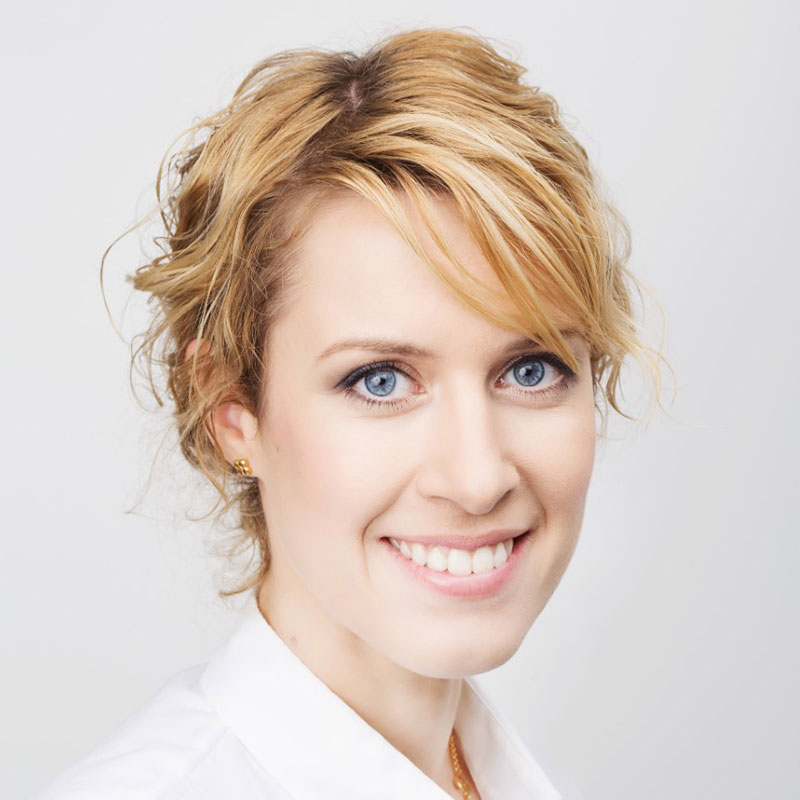
Lingual appliances as the future of everyday orthodontics.
Aesthetics seem to be one of the major goals in contemporary orthodontics. Nowadays more and more patients seek invisible orthodontic treatment. In order to achieve patient’s satisfaction not only at the end, but also during orthodontic treatment, an orthodontist should know the patient’s opinion on the proposed treatment plan and methods. Lingual appliances are claimed to be the most aesthetic of all orthodontic techniques and give both the patient and the orthodontist an opportunity to observe all teeth movements throughout the treatment.
The aim of the study is to present lingual orthodontic appliances as a method of treatment in everyday practice.
Material and methods: Research materials were obtained from orthodontic patients aged from 13 to 61 years who were undergoing treatment with completely customised lingual appliances. In this study bonding and debonding protocols as well as other lingual orthodontic procedures will be presented in a way to increase patient’s comfort and reduce chair time. On the basis of patients’ opinions and clinical observations the advantages and disadvantages of lingual technique will be examined and summarised.
Conclusions: An orthodontic treatment has a particular impact on patients’ satisfaction with their teeth, therefore invisible techniques should be used to improve not only aesthetics but also patient’s confidence with their smile. When planning an invisible orthodontic treatment in both growing and adult patients, an orthodontist should consider the use of lingual techniques as a method of choice. This may allow the patient to be satisfied with the treatment itself, but, above all, with its aesthetics.
Biography
Received her dental education at the Medical University of Warsaw in 2007. Since 2007 she has been working at private practices in Warsaw limited to orthodontics and has been using lingual orthodontics since 2008. In addition to the clinical work she has been involved in research and teaching at the Department of Orthodontics at the Medical University of Warsaw since 2010. Her research interests include facial and dental aesthetics, lingual orthodontic treatment, TADs and interdisciplinary approach in adult patients. She has received scientific awards for some of her studies, including those given by the Rector of the Medical University of Warsaw in 2005, 2015 and 2018. Dr. Anna Wasiewicz defended the PhD degree in 2015. In 2015 she also completed the International Master’s of Science course in Lingual Orthodontics at the Federico II University of Naples, Italy. Dr. Anna Wasiewicz is a member of Polish Orthodontic Society, European Orthodontic Society, American Association of Orthodontists, Italian Orthodontic Society and the Orthodontic Section of the Polish Dental Society.
